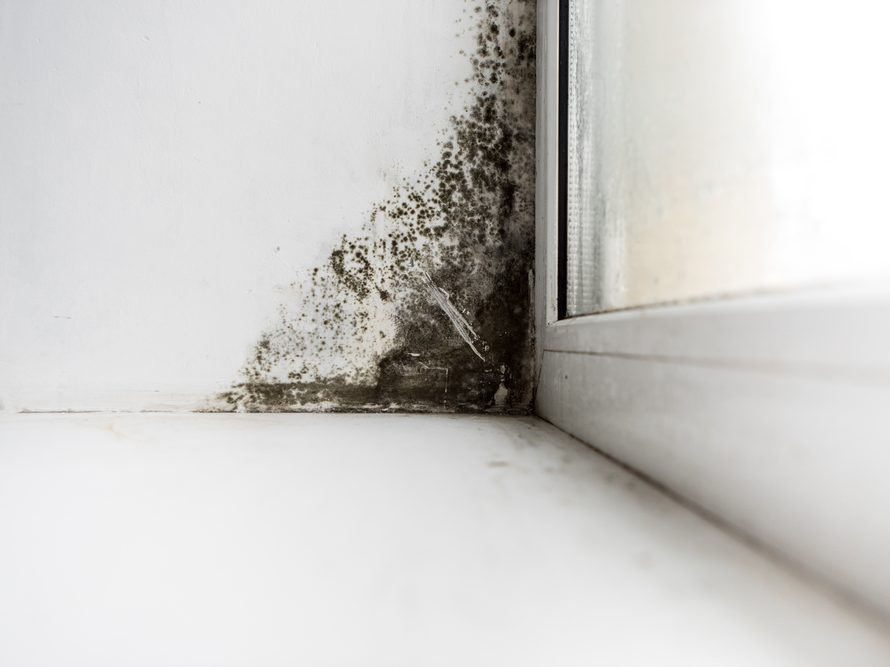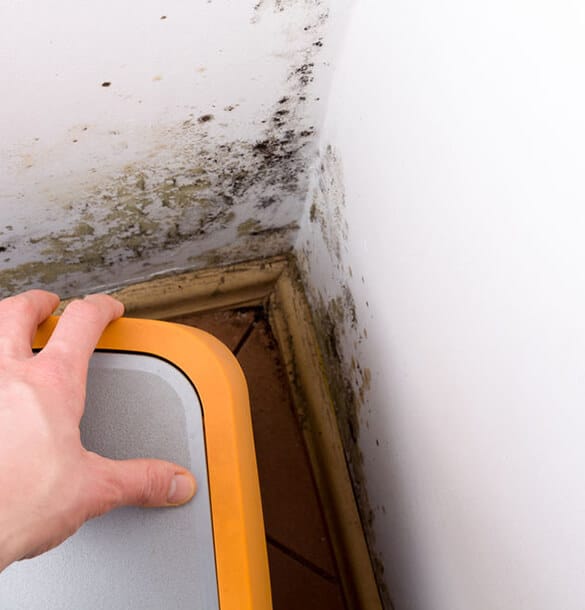Accessing Neighborhood Post Remediation Mold Testing Near Me
Accessing Neighborhood Post Remediation Mold Testing Near Me
Blog Article
Effective Article Mold And Mildew Remediation Solutions for Your Home
Mold development in homes can be a relentless concern, frequently needing a methodical method for efficient post-remediation options. From comprehending the aspects that add to mold and mildew growth to applying correct cleansing techniques and dampness control measures, the procedure can be detailed yet critical for keeping a healthy and balanced living setting. In addition, exploring natural removal options and establishing a routine for recurring upkeep are essential elements of a detailed mold and mildew removal approach. As homeowners strive to address mold and mildew concerns, locating one of the most efficient remedies comes to be paramount for the well-being of their houses.
Recognizing Mold Growth Elements
Mold and mildew development is affected by a range of factors that are vital to understand in order to efficiently attend to and stop its proliferation. Comprehending these variables is essential in carrying out effective mold and mildew remediation techniques. The main variable adding to mold growth is wetness. Mold and mildew spores call for dampness to germinate and thrive, making wet or moist environments extremely vulnerable to mold and mildew invasions. Poor air flow can also lead to moisture build-up, developing a perfect breeding ground for mold.

Moreover, air flow and light exposure can impact mold and mildew growth. Areas that do not have correct ventilation and natural light are more prone to mold growth. By addressing these variables adequately, individuals can efficiently alleviate mold development and secure their living settings.
Correct Mold And Mildew Cleansing Methods
Using reliable cleansing techniques is essential in dealing with and avoiding the recurrence of mold and mildew contamination in indoor settings. When handling mold and mildew, it is essential to prioritize safety and security by wearing protective equipment such as masks, goggles, and handwear covers. The primary step in appropriate mold cleaning is to have the affected area to avoid the spread of spores to uncontaminated areas. This can be attained by securing off the area and utilizing air scrubbers or unfavorable air makers to keep air top quality.

Executing Wetness Control Actions
To efficiently stop mold and mildew development and contamination in interior environments, executing wetness control procedures is extremely important. Moisture is the primary aspect that gas mold and mildew growth, making it essential to handle moisture degrees within the home. One reliable measure is to use dehumidifiers to maintain indoor moisture degrees below 60%. Additionally, making certain proper ventilation in areas susceptible to moisture buildup, such as cooking areas and restrooms, can help in reducing the risk of mold development. Regularly checking and fixing any type of leakages in plumbing, roofings, or home windows is likewise necessary in protecting against excess wetness buildup. Utilizing exhaust followers while cooking or bathing, and permitting air flow by keeping furnishings somewhat away from walls can assist in moisture control. Furthermore, utilizing moisture-resistant materials in high-humidity areas, such as mold-resistant drywall and paints, can be advantageous. By vigilantly implementing these dampness control measures, property owners can efficiently decrease the likelihood of mold and mildew recontamination and preserve a healthy and balanced indoor setting.
Making Use Of All-natural Remediation Solutions
After successfully executing dampness control steps to stop mold development in interior environments, house owners can currently my latest blog post discover the effectiveness of natural remediation options in keeping a healthy home. Natural removal options make use of eco-friendly techniques to deal with mold and mildew and mold, making them a popular option for those looking for safe alternatives. One such option is making mold removal products epa use of vinegar, a natural antimicrobial agent, to clean and disinfect surface areas infected by mold. Simply water down vinegar with water and spray it onto the influenced locations, permitting it to sit for a few hours before wiping clean. Furthermore, tea tree oil, recognized for its antifungal properties, can be blended with water and sprayed onto mold-infested surface areas to inhibit additional growth. One more all-natural option is hydrogen peroxide, which can properly kill mold and mildew on various surface areas without leaving damaging deposits behind. By including these all-natural remediation services into their cleaning regimens, house owners can properly combat mold and mildew development while promoting a healthier indoor atmosphere for themselves and their households.

Keeping a Mold-Free Atmosphere
Routinely examining areas vulnerable to mold and mildew development, such as shower rooms, basements, cooking areas, and attic rooms, is important. Proper air flow in areas with high moisture levels is also vital to stopping mold development.
Additionally, maintaining tidiness in the home is essential for mold and mildew prevention. Keeping indoor plants in check and guaranteeing correct water drainage in outside landscape design can decrease dampness accumulation, decreasing the probability of mold and mildew problems.
Conclusion
In verdict, it is important to deal with mold and mildew growth factors, make use of appropriate cleansing methods, execute dampness control steps, make use of natural remediation options, and preserve a mold-free setting in order to properly take care of post mold and mildew remediation in your house - After mold remediation. By following these methods, you can prevent mold and mildew from repeating and make sure a healthy living setting for you and your family members
The key variable adding to mold and mildew development is dampness. Mold spores call for moisture to thrive and germinate, making moist or moist atmospheres very susceptible to mold invasions.To properly prevent mold growth and contamination in indoor atmospheres, carrying out wetness site link control steps is critical. Additionally, making sure appropriate ventilation in locations susceptible to moisture build-up, such as washrooms and kitchens, can assist reduce the risk of mold development.After efficiently carrying out dampness control actions to protect against mold and mildew development in interior settings, home owners can currently discover the performance of all-natural remediation services in maintaining a healthy living space.
Report this page